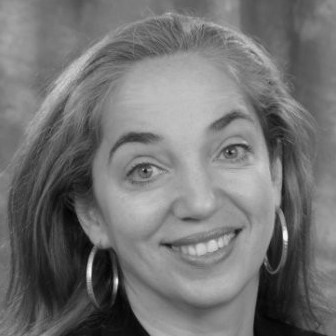Tuesday Keynote
Principal Engineer, Google
Tuesday, May 23 from 5:45-6:30pm
A HYPERSCALER'S PERSPECTIVE ON THE FUTURE OF HPC FROM A FORMER BLUEGENE ARCHITECT
The explosion of data and new workloads require large amounts of compute power. AI, in particular, is fueling a revolution in how we think about problems and their numerical solutions. In addition, the approaching end of Moore's law will demand new ways of increasing compute performance.
All major tech companies are designing, building, and deploying their own hardware and software infrastructure at an unprecedented scale. Heterogeneous computing, accelerators, and GPUs are being employed to provide enormous amounts of compute power for large data centers at these companies. This power is being used today to train large AI models in the cloud.
This talk will address how this emerging demand for compute power and performance is driving supercomputing technologies into commercial data centers and what this portends for the traditional high performance computing sector.
__________________________________________________________________________________________________________
Dr. Valentina Salapura is a Principal Engineer at Google. She is working on system architecture for cloud and edge computing. Previously, she was Senior Fellow at AMD Research, working on distributed computing and supercomputing. Before that, Dr. Salapura was with IBM Research as a system architect and IBM master inventor working on cloud computing resiliency for several IBM cloud offerings. She was a computer architect for the Blue Gene program since its inception. Before joining IBM at the T.J. Watson Research Center, Dr. Salapura was a faculty member with Technische Universität Wien in Vienna, Austria. She conducted pioneering research into application acceleration and invented the first application accelerators for fuzzy logic and artificial neural networks. Dr. Salapura is the author of over 80 papers and several book chapters on processor and network architecture, an area in which she holds over 400 patents. She is a Fellow of the IEEE and a recipient of the 2006 ACM Gordon Bell Prize for Special Achievements for the Blue Gene/L supercomputer and quantum chromodynamics.

